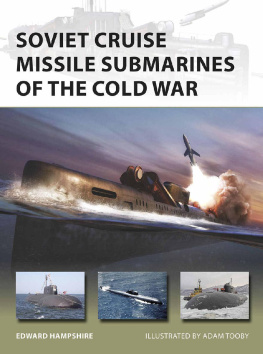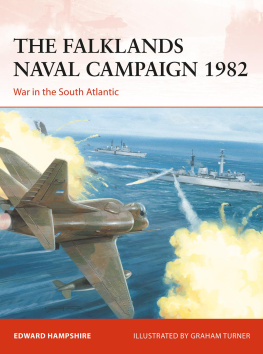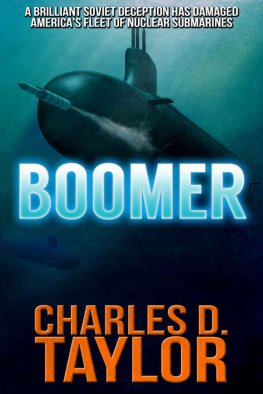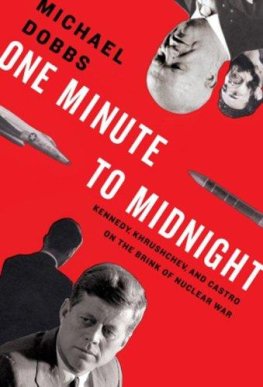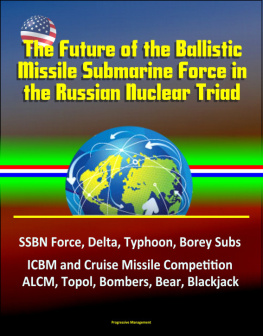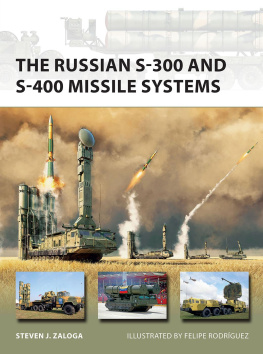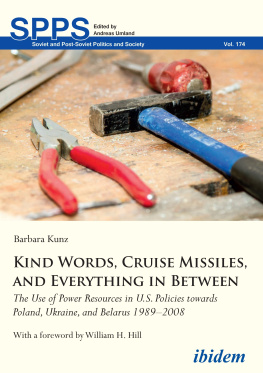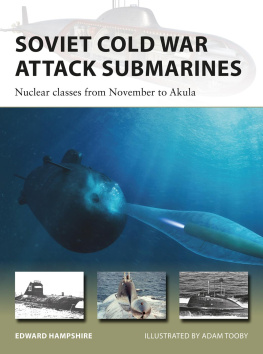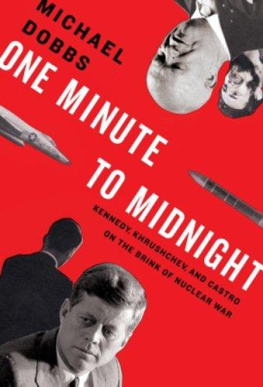INTRODUCTION
Soviet naval strategy and cruise missile submarines
The Soviet Navy in the Cold War, for reasons of history, geography and strategic prioritization, developed a set of capabilities in two particular areas that were not seen to such a great extent in other major navies. First was the emphasis on the submarine as a weapon, a preference that had pre-dated the Russian Revolution. Throughout the Cold War, the Soviet Navy was primarily a submarine-armed service, and even after the 1970s, when a powerful ocean-going surface fleet was created, the numbers of submarines it fielded far outnumbered those of NATO in quantity and often in quality. For a state that felt vulnerable to powers that had easier access to the open oceans, the stealthy submarine held out the promise of a force multiplier and an ability to break out from naval blockades of the choke points (such as the Greenland-Iceland-UK gap or the Danish Skagerrak) that might keep a Russian or Soviet navy locked within its local waters.
Second, the Soviet Navy relied upon long-range cruise missiles to a much greater extent than the West, initially as a strategic nuclear deterrent, and then from the late 1950s as potent weapons against NATO carrier groups. Lacking aircraft carriers until the late 1970s, the Soviet Navy developed a number of air- or sea-launched cruise missiles to strike the capital ships of their adversaries. Therefore, for the Soviets, their main strike capability for most of the Cold War resided in long-range guided missiles and not in the carrier strike aircraft that dominated NATOs concepts of operations.
This book is about the vessels that combined both of these Soviet naval specialisms in one hull: cruise missile-firing submarines. As will be seen, Soviet cruise missile development, which stemmed from captured German equipment, designs and engineers involved with V1 rockets, began immediately after World War II. Josef Stalins lack of interest in aircraft carriers, and then Nikita Khrushchevs scepticism of the worth of a surface fleet, forced the Soviet Navy to find new ways to contribute to nuclear deterrence and to counter NATO aircraft carriers armed with nuclear weapon-carrying aircraft.

The Project 675 (Echo II class) cruise missile submarines were the largest single class of nuclear submarines built by the Soviets in the Cold War: 29 boats were completed between 1963 and 1968. ( Imperial War Museum HU 82594)
Initially the focus was on nuclear strike, and the first operational Soviet cruise missile-carrying submarines of the Project 644 (Whiskey Twin Cylinder), 665 (Whiskey Long Bin) and 659 (Echo I) classes were all designed to carry just strategic land attack cruise missiles. From 1956, work began to modify the P5 land attack missile into an anti-ship missile, the P6. The Project 675 (Echo II) and 651 (Juliett) classes were designed to have a dual role both in land attack and anti-carrier operations, the latter in concert with land-based aircraft providing targeting information.

USS Forrestal was the first US super-carrier. Displacing over 70,000 tons, the Soviet leadership was deeply concerned about such carriers launching attacks on its cities and other key targets with nuclear-armed bombers. (Photo by Museum of Flight/CORBIS/Corbis via Getty Images)
In 1958, the development of a second generation of seaborne cruise missiles and the submarines to carry them was approved. This time greater speed and underwater launching were emphasized, in order to make the cruise missile-launching boats less vulnerable. The requirement eventually produced the single Project 661 (Papa) submarine, which combined extreme speed with the underwater-launched Ametist missile. The Project 670 and 670M vessels (Charlie I and II) used the Ametist (and its longer-range successor Malakhit) but emphasized stealth over speed. However, well before either of these classes had been developed, the decision by Khrushchev in December 1959 to create a separate armed service, the Strategic Rocket Forces, which would have sole responsibility for strategic nuclear strike, largely removed the strategic strike role from the navy, which now was only permitted to strike coastal targets. The anti-carrier role now became almost the sole purpose of the Soviet cruise missile submarine.
Through the early 1960s, the significance of the perceived threat from NATO carriers meant that large numbers of first generation cruise missile-firing submarines were built. However, the realization that the US Navys main strategic nuclear capability was increasingly residing in submarine-launched ballistic missiles such as Polaris meant that the Soviet Navys focus shifted more towards countering such vessels with anti-submarine surface forces and with nuclear powered hunter-killer submarines. Additionally, by the late 1960 and 1970s, the navy was gradually able to claw back a strategic nuclear strike role, which meant that considerable resources flowed into the production of ballistic missiles with ever greater ranges and into the design of the submarines that would carry them.

The Project 651 (Juliett class) cruise missile submarines were a conventionally powered version of the Project 675 class with a single salvo of four cruise missiles. (United States Navy: US federal government)
The golden age of cruise missile-carrying submarines was therefore over, but with the first generation nearing the end of their operational lives (despite many having been modernized to take the Bazalt and Vulkan cruise missiles) and a perceived need still to strike ever more capable US carrier battle groups, a third generation of cruise missile submarines was built: the enormous Project 949 and 949A boats (Oscar I and II), carrying 24 long-range high-speed Granit cruise missiles.

K-162 was the only submarine built to the Project 661 (Papa) design. Extraordinarily fast, she retains to this day the record for the most rapid submarine under water. (USN: US federal government)
After the SALT (Strategic Arms Limitation) treaty of 1972, which equated ballistic missiles with strategic strike and then limited the number of ballistic missiles and the submarines that fired them, attention returned to the use of cruise missiles in the strategic role. In the 1980s, former ballistic missile-carrying submarines (Project 667M and 667AT) were converted to take two new strategic cruise missile systems, Meteorit and Granat. The former system was a long-range high-altitude cruise missile, but was ultimately unsuccessful and was cancelled, whilst the latter was similar to the US Tomahawk cruise missile in its range and role. The fourth generation of cruise missile submarine (Project 885) was still at the planning stage when the Soviet Union collapsed in December 1991. Armed with Oniks and Kalibr cruise missiles, the first of the class was only laid down in 1993. After many years of suspended construction, she was finally completed in 2011. Others of the class are being built and it has been recently announced that the surviving Project 949A (Oscar II) boats will also be modernized with Oniks and Kalibr. Underwater cruise missile carriers are now regaining a prominence in the Russian Navy they have not had since the last years of the Cold War.

